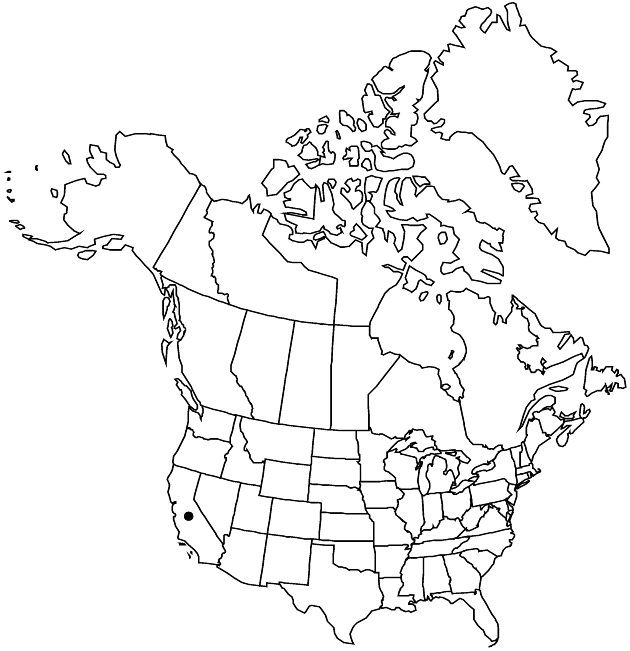Difference between revisions of "Lessingia arachnoidea"
Leafl. Bot. Observ. Crit. 2: 29. 1910.
FNA>Volume Importer |
imported>Volume Importer |
||
| Line 8: | Line 8: | ||
}} | }} | ||
|common_names=Crystal Springs lessingia | |common_names=Crystal Springs lessingia | ||
| + | |special_status={{Treatment/ID/Special_status | ||
| + | |code=E | ||
| + | |label=Endemic | ||
| + | }}{{Treatment/ID/Special_status | ||
| + | |code=C | ||
| + | |label=Conservation concern | ||
| + | }} | ||
|basionyms= | |basionyms= | ||
|synonyms={{Treatment/ID/Synonym | |synonyms={{Treatment/ID/Synonym | ||
| Line 55: | Line 62: | ||
|publication title=Leafl. Bot. Observ. Crit. | |publication title=Leafl. Bot. Observ. Crit. | ||
|publication year=1910 | |publication year=1910 | ||
| − | |special status= | + | |special status=Endemic;Conservation concern |
| − | |source xml=https:// | + | |source xml=https://bibilujan@bitbucket.org/aafc-mbb/fna-data-curation.git/src/bb6b7e3a7de7d3b7888a1ad48c7fd8f5c722d8d6/coarse_grained_fna_xml/V19-20-21/V20_1057.xml |
|tribe=Asteraceae tribe Astereae | |tribe=Asteraceae tribe Astereae | ||
|genus=Lessingia | |genus=Lessingia | ||
Revision as of 20:43, 27 May 2020
Plants 15–80 cm. Stems erect, tan, glabrous or villous. Leaves: basal withering by flowering; cauline margins entire, faces eglandular, abaxial glabrous or villous. Heads borne singly, at ends of branchlets. Involucres obconic, 4–8 mm. Phyllaries purple-tipped, faces arachnose, sometimes gland-dotted; inner scarious. Disc florets (3–)8–18; corollas pink to lavender (color more intense in tubes); style-branch appendages truncate-penicillate, 0.1–0.3 mm. Pappi tan, usually shorter than cypselae, sometimes forming coronas, rarely equaling or longer than cypselae (Sonoma County). 2n = 10.
Phenology: Flowering Jul–Oct.
Habitat: Grasslands, coastal scrub, chaparral, woodlands, serpentinite soils
Elevation: 100–300 m
Discussion
Of conservation concern.
Lessingia arachnoidea is known from near Crystal Springs Reservoir in San Mateo County and near Camp Meeker in Sonoma County. Previous circumscriptions of L. arachnoidea (pappi shorter than cypselae, forming coronas) have been expanded to include plants (from Sonoma County) with pappi equaling or longer than cypselae. Alternatively, the plants with longer pappi could have been accommodated in L. ramulosa (as a glandless form); the absence of basal leaves at flowering and the presence of arachnoid indument on the phyllaries suggest a closer affinity to L. arachnoidea.
Selected References
None.
